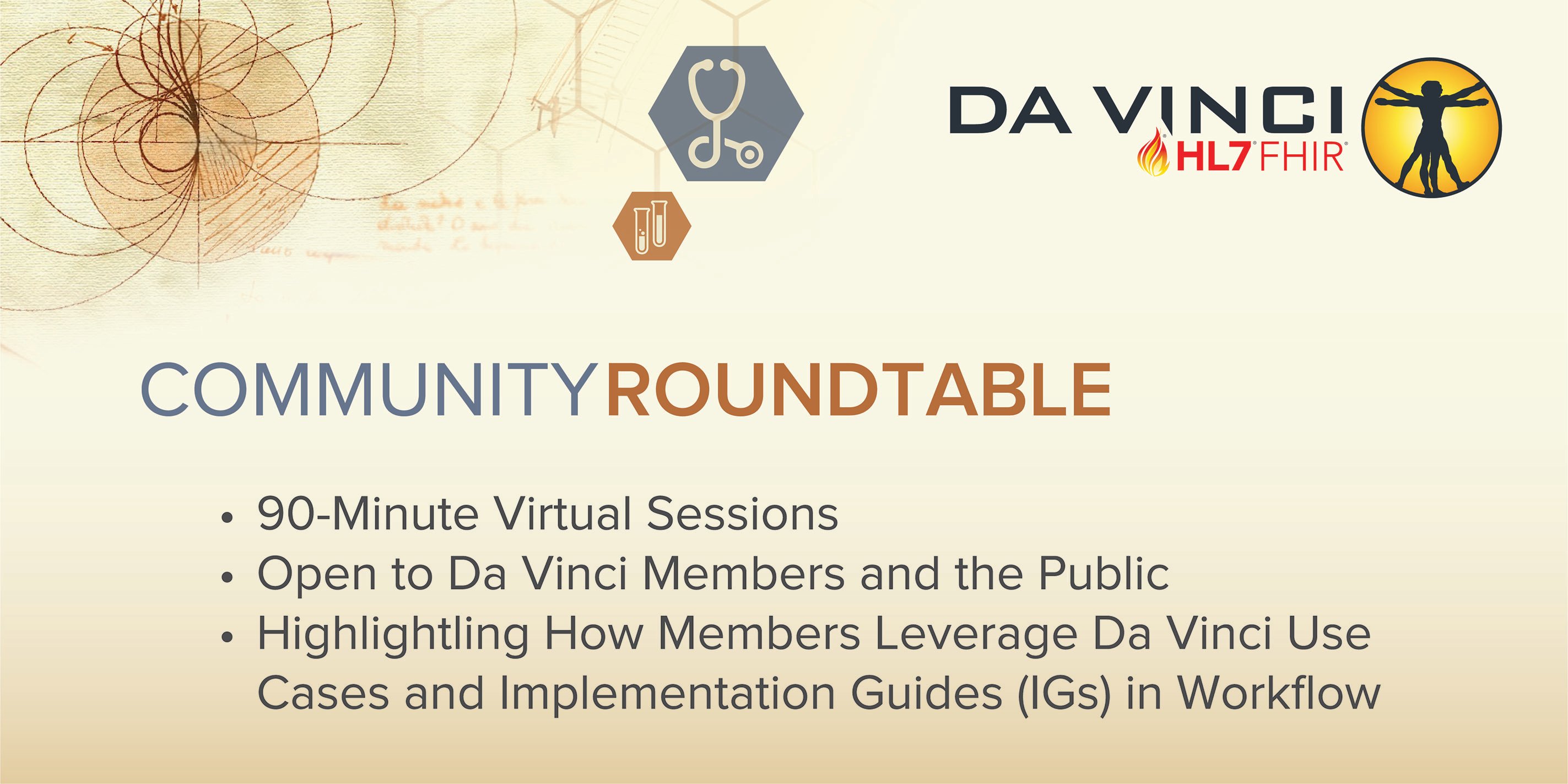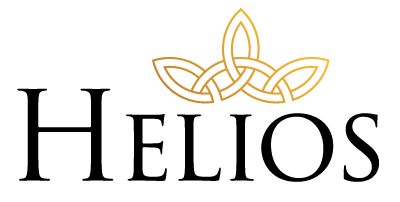Sessions Begin Today at HIMSS22
They say it takes a village to raise a child, but did you know it also takes a village to pursue interoperability? The HL7 Da Vinci Village is at HIMSS22 in Orlando this week, March 14-18. Also featured at the conference will be approximately 20 Da Vinci member organizations, presenting in 60-minute general education sessions and 20-minute Spotlight Theater and Innovation Live sessions—all aimed at helping to solve interoperability challenges.
Kiosk Village
HL7 Da Vinci Project Kiosk Village will be located in the Interoperability Showcase, Hall E Booth, #8240 at Kiosks 9 -16. Stop by to learn more about The Da Vinci Project’s efforts and how you can access resources.
Marketplace Kiosks at the HL7 Da Vinci Village include:
- Kiosk 12 & 13: HL7 Da Vinci Project
- Kiosk 9: healow Insights
- Kiosk 10: Cognizant
- Kiosk 11: InterSystems Corporation
- Kiosk 14: Anthem, Inc.
- Kiosk 15: Edifecs
- Kiosk 16: Optum
Member Booth HL7 Da Vinci Office Hours
Learn more by stopping by member booths when HL7 Da Vinci Project PMO staff are on hand to answer questions. They include:
- Change Healthcare, Booth # 1531, Wednesday, March 16, 10:30 – 11:15 a.m.
- Edifecs, Booth # 5171, Wednesday, March 16, 4 – 4:30 p.m.
- MCG, Booth # 8185, March 15, 3:30 – 4 p.m.
- Smile CDR Inc., Booth #3901, March 15, 4:15 – 4:35 p.m.



.png)


.png)


